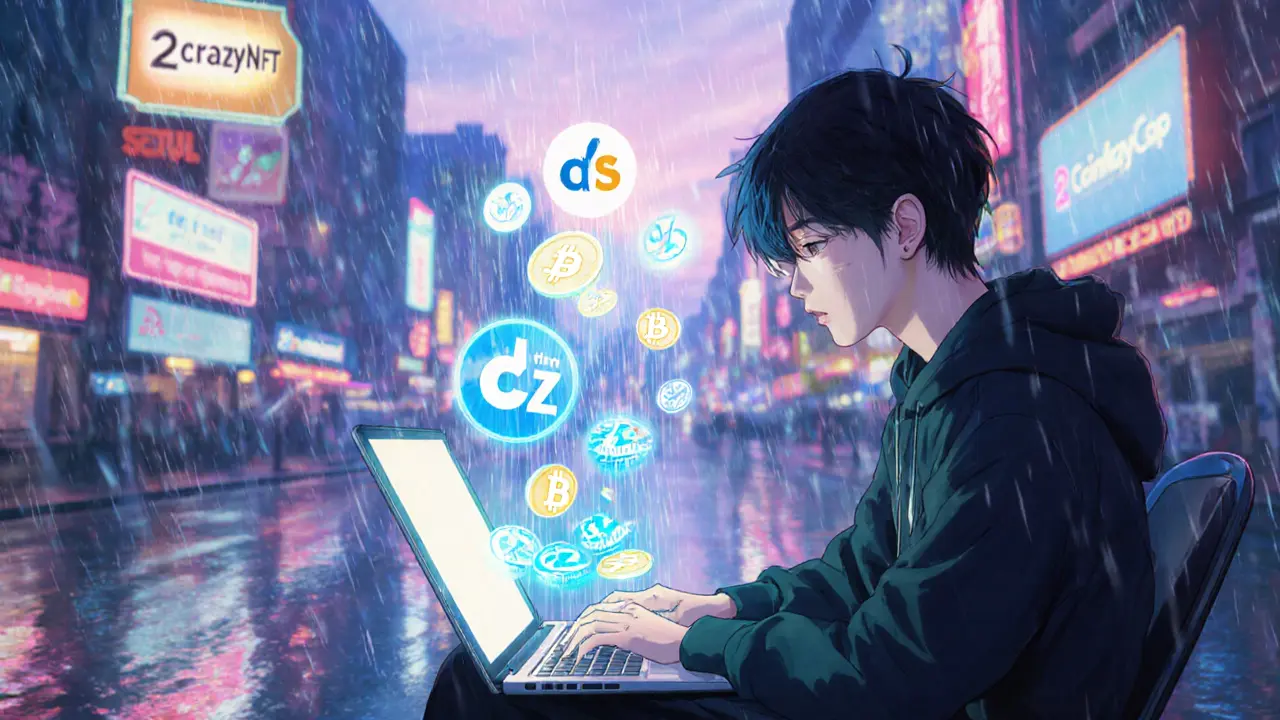eSports NFT: How Gaming Meets Digital Collectibles
When diving into eSports NFT, digital tokens that represent in‑game assets, player skins, or tournament trophies on a blockchain. Also known as gaming NFTs, they let fans actually own a piece of the action instead of just watching. eSports NFT combines the excitement of competitive video games with the scarcity of a collectible. It works because each token has a unique ID stored on a public ledger, making it easy to verify who holds what. Imagine buying a limited‑edition skin from a World Championship and reselling it later at a higher price – that’s the core promise.
One of the fastest ways to get started is through an NFT airdrop, a free distribution of tokens to early adopters or community members. Projects often reward players who have logged hours in a specific esport or who hold certain tokens. The airdrop model fuels hype, builds a user base, and gives newcomers a low‑risk way to explore the market. Knowing the eligibility criteria, claim timeline, and tokenomics can turn an airdrop into a small portfolio boost.
Finding the right place to buy or trade eSports NFTs can be confusing, but a NFT marketplace aggregator, a tool that scans multiple NFT marketplaces and shows the best price, gas fees and liquidity simplifies the process. Instead of hopping between OpenSea, Rarible, and niche gaming platforms, an aggregator pulls the data together so you can compare offers in real time. This saves money on gas, avoids price slippage, and lets you spot rare items that might be listed on a smaller exchange.
Why Generative NFTs and Play‑to‑Earn Matter
Many eSports projects now use generative NFT, art or asset created by an algorithm that produces thousands of unique variations. The algorithmic approach means each token is truly one‑of‑a‑kind, which is perfect for items like avatar skins that need subtle differences to stay valuable. Players can mint a generative NFT directly from a game’s reward system, linking the virtual item to on‑chain ownership instantly.
Couple that with a play‑to‑earn model, where gamers earn crypto or NFTs by competing, completing quests, or contributing content, and you have a self‑sustaining economy. Rewards earned in‑game can be swapped for other tokens, used as collateral in DeFi, or sold on the aggregator we mentioned earlier. This loop creates real monetary incentives for players to improve, stay engaged, and promote the ecosystem.
Current trends show a surge in esports tournaments offering exclusive NFTs as prize pools, and several airdrop campaigns target high‑ranking players. Keeping an eye on launch calendars, community announcements, and eligibility rules can help you snag these assets before the market saturates. Also, watch for cross‑chain bridges that let you move NFTs between Ethereum, BSC, and Polygon, lowering fees and expanding the audience.
Below you’ll find a hand‑picked selection of articles that unpack each of these pieces in depth – from step‑by‑step airdrop guides and marketplace aggregator reviews to generative NFT case studies and play‑to‑earn strategies. Dive in to see how you can start collecting, trading, and earning with eSports NFTs today.
 20 Aug 2025
20 Aug 2025
Explore the 2crazyNFT (2CRZ) CoinMarketCap airdrop: how it worked, key details, risks like the SaTT incident, and step‑by‑step tips to claim safely.
View More
